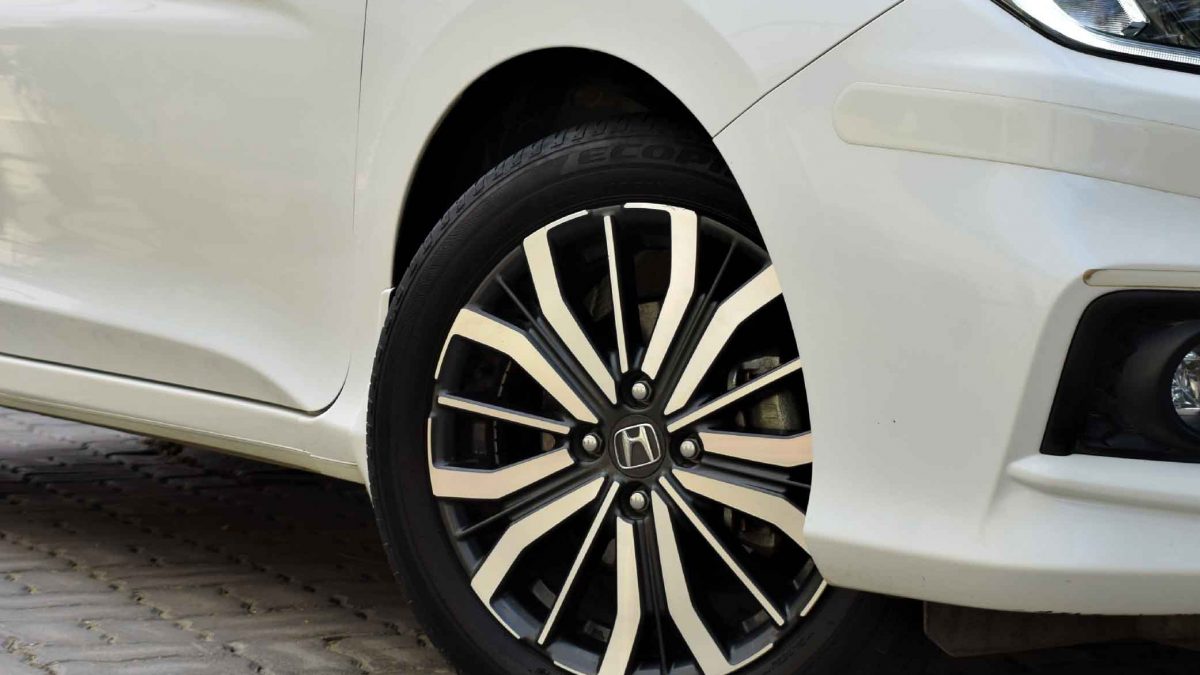
Read Tyre Markings
It might be difficult for a first-time tyre buyer to grasp all of the nuances involved in choosing the proper tyre for their automobile or motorcycle. However, safe driving is a top priority, and thus we wouldn’t expect you to wind up with a set of inappropriate tyres for your vehicle. That is why we have created a tutorial to assist you in reading tyre markings.
You’ll see a variety of marks and text on the tyre sidewall if you watch closely. Let’s start with the text and work our way to the markings. “P310/45 R14 89H,” for example, might be written on the tyre sidewall. So let us start with Tyres Reading.
· P: This abbreviation stands for a passenger vehicle. LT, on the other hand, denotes a light truck tyre.
· 310: The breadth of the tyre from sidewall to sidewall (in mm). This is the figure you should pay close heed to if you want to upgrade to a wider tyre.
· 45: This is the aspect ratio. The aspect ratio of a tyre is a percentage that expresses the height of the tyre from bead to tread in relation to the width of the tyre. For example, if the aspect ratio is 45, it means that the height of a tyre’s sidewall is 45 percent of its width.
If the aspect ratio of the tyre is higher, the sidewall of the tyre will be taller. Aspect ratios of up to 95 are found on tyres for big vehicles such as luxury automobiles, buses, and trucks. Although high aspect ratio tyres may compromise handling, they offer a more comfortable ride by cushioning shocks with more air inside the tyre. High-performance cars, on the other hand, require low-aspect-ratio tyres. That is, these are low-profile tyres with shorter and stronger tyre walls, allowing the tyre to effectively handle cornering forces and hence improve car handling by reducing roll around corners.
· R: It refers to Radial which is the most popular tubeless tyre nowadays because they provide superior traction and a more even tread contact with the ground, resulting in improved performance. It’s a Bias tyre if there was a B rather than an R.
· 14: The rim diameter is determined by the diameter of the rim’s bead seat floor, not the outside rim edge. The rim edge, or lip, stretches beyond the bead seat region to grab the bead and prevent it from slipping off the rim. When we say a wheel’s diameter is 14 inches, we’re talking about the diameter of the bead seat floor.
The number represents the diameter of the wheel. The OD of the alloy or rim around which the tyre would wrap. Because the size of the rim decides the tyre to select, this is the most important parameter.
· 89: This number represents the tyre’s load-carrying capacity. You’ll need to consult the manufacturer’s documentation to get an idea of the tyre’s particular load-carrying capability. To distribute weight evenly over all four tyres on your vehicle, all four tyres must have the same load capacity. If the load index is 89, this implies that the maximum load-carrying capacity of this vehicle is 580kgs.
· H: Last but not least, the speed rating. When purchasing an automobile or SUV tyres, this is another vital factor to consider. A higher speed rating helps to maintain the tyre cool through those harsh routes if you plan to drive largely on highways.
Now, let’s take a glance at some other markings on your tyre:
· Temperature: If you’re a fan of harsh weather, these markings would inform you whether the tyre you’re buying is suitable for use in hot or cold climates. However, you may always consult a specialist.
· PSI, or Pressure of Inflation: This refers to the level of air pressure that must be kept for the tyre to function properly. The PSI of your automobile tyres can have a major effect on tread wear and fuel economy.
· Directional arrows: Asymmetrical tyres feature in and out signs, while unidirectional tyres feature arrows to show a forward heading.
· Regulatory Approval: A symbol, such as the ISI mark, that indicates the Bridgestone Tyres Reading has been approved for excellence and road safety by the authorised body.







